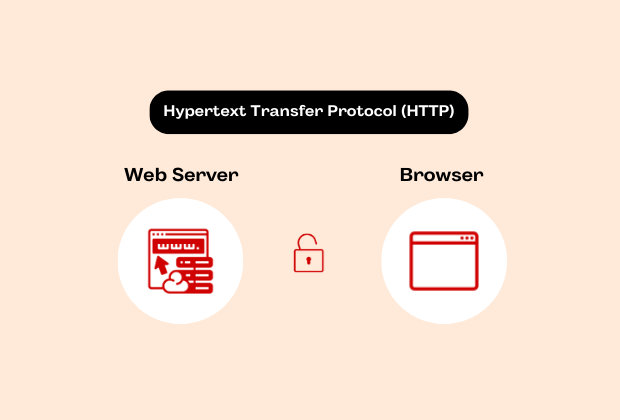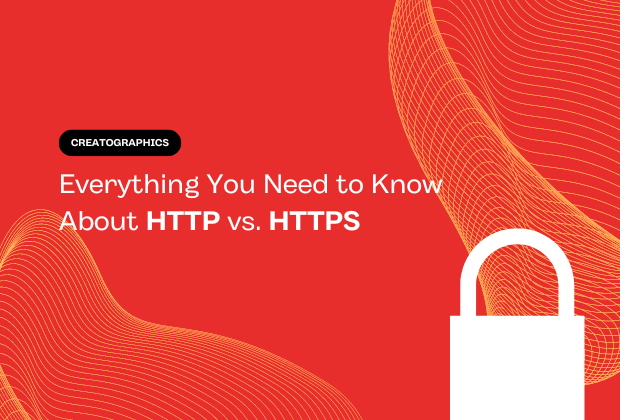What Is HTTP?

Hypertext Transfer Protocol (HTTP) transfers data from a web server to your browser so that it can access and load websites.
You’ve likely already seen it in your browser’s address bar (e.g., https://tkvcreatographics.com)
What Is HTTPS?

HTTPS is the acronym for Hypertext Transfer Protocol Secure. Like HTTP, its main purpose is to transfer data from a server to your browser, so you can load websites.
However, HTTPS uses an encrypted connection to communicate between the server and the browser. A SSL (secure sockets layer) certificate protects the transferred data from being stolen as it’s exchanged.
HTTPS was created in 1994 but wasn’t widely used as the standard until 2019. Its popularity is mostly due to Google recommending that sites switch to HTTPS in 2014.
You can also spot HTTPS in your browser’s address bar (e.g. https://tkvcreatographics.com).
Difference Between HTTP and HTTPS?
Thanks to its encrypted connection, HTTPS is more secure than HTTP.
Site security is important even if you don’t have an e-commerce site or a website that handles sensitive data. A secure site protects your customers from getting their data stolen and protects your website from security breaches that cost time and money to fix.
Other benefits include:
- Users trust HTTPS: Extra security encourages users to trust your brand and website. They’ll feel more comfortable sharing sensitive data with you or making purchases on your website.
- Boost to SEO Ranking: Since HTTPS makes the web safer and better for users, Google was a big advocate for the switch from HTTP to HTTPS back in 2014. They also confirmed that websites using HTTPS had the potential to rank higher than those using HTTP.
- Opportunity for AMP Pages: Only sites with HTTPS can use the AMP (accelerated mobile page) framework. AMPs are mobile-only pages or websites that load quickly, making them more mobile-friendly.
How to Check if You Are Using HTTPS
- Your domain is prefaced with “https://”
- There is a lock symbol next to your domain
Key Takeaways
- HTTPS is more secure for your users and your website. Site security encourages a better user experience and can potentially boost your rankings.
- The process of switching from HTTP to HTTPS is relatively straightforward, but keep an eye for common issues like duplicate content.

